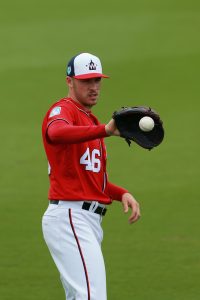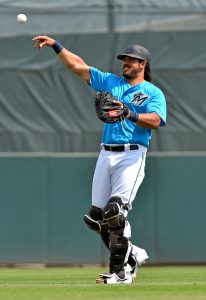Baseball is back and so is your favorite team! Keep up with the big league action every day on ESPN+. Looking for an edge in your fantasy baseball league? ESPN+ fantasy tools and articles help you dominate your fantasy league.
BAL vs NYY | 3/30 1:00 PM/ET
NYM vs MIA | 4/1 7:00 PM/ET
BOS vs OAK | 4/2 10:00 PM/ET
MIL vs CIN | 4/3 12:30 PM/ET
TOR vs CLE | 4/4 6:00 PM/ET
Stream out-of-market games in HD every day on ESPN+. Yep, every day. Plus, live sports like UFC, MLS, NHL and more for only $4.99 a month or $49.99 a year.
Click here to start your free ESPN+ trial today!
This is a sponsored post from ESPN+.





